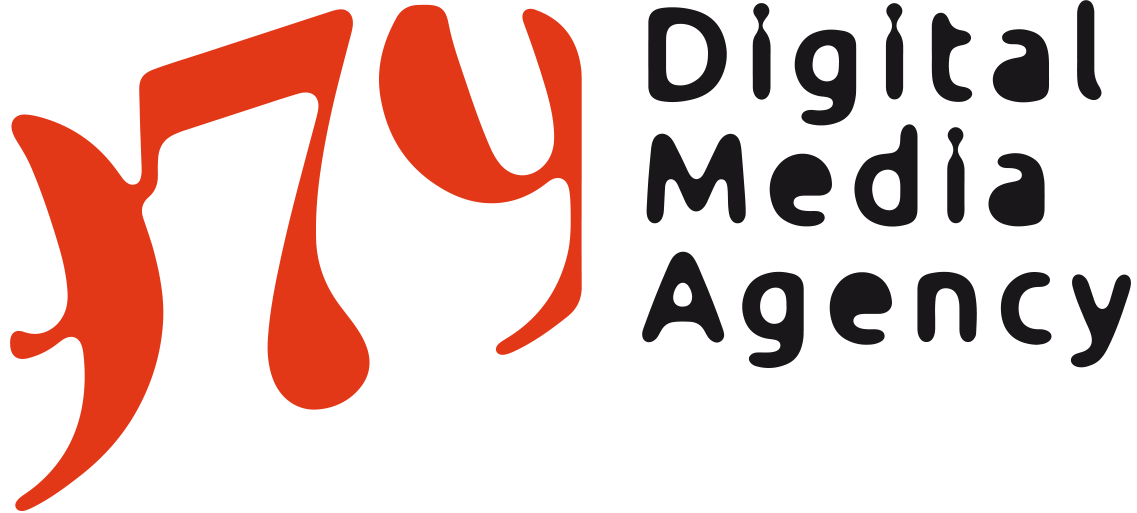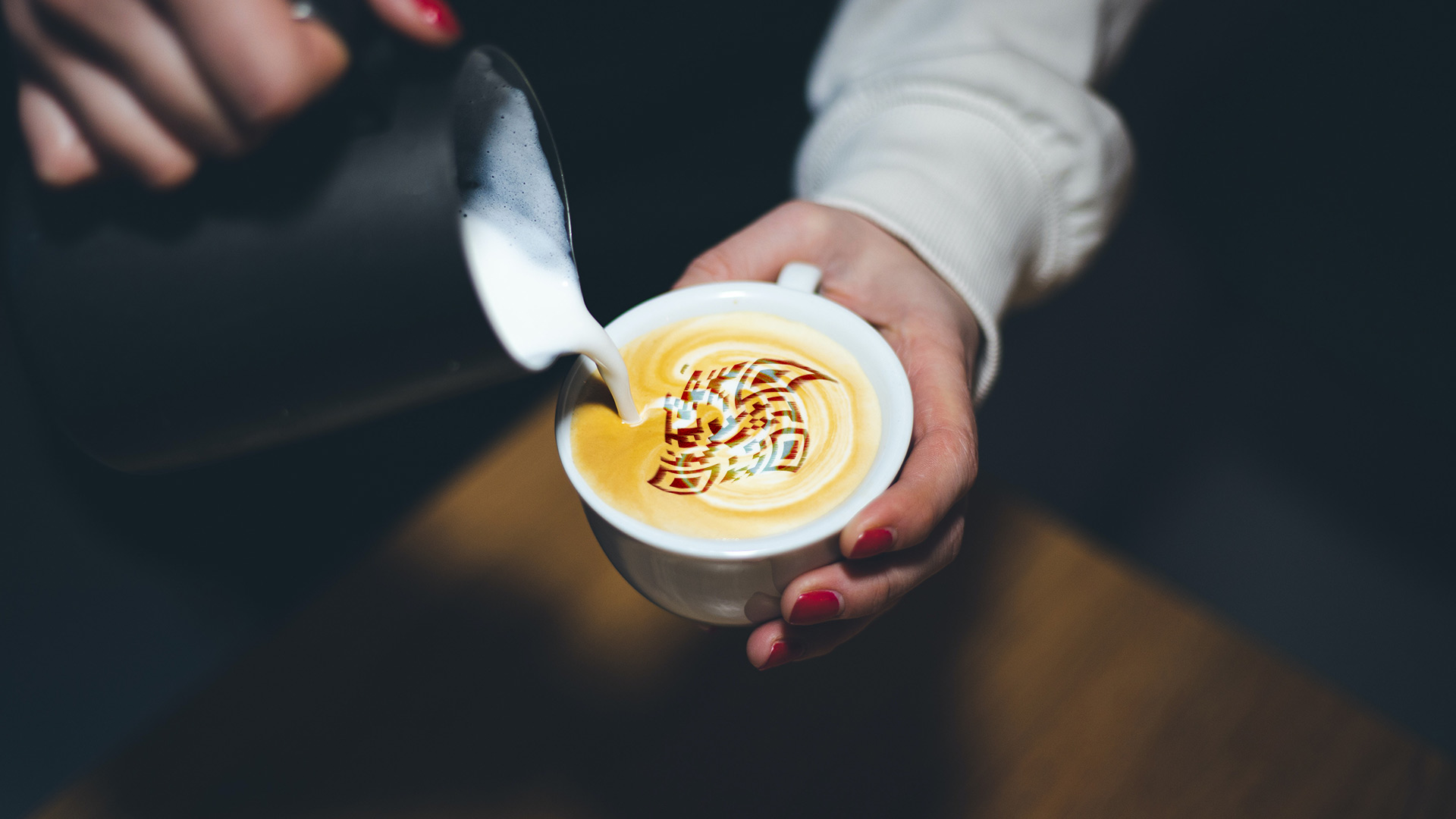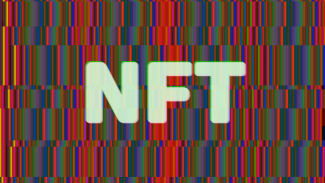The QR Code was invented in 1994 by Denso Wave for the purpose of tracking and defining the components of Toyota cars during production. Five years later, its creator decides to share it with the world as a free, non-proprietary technology. Since that time it has been and still seems to be a powerful, but above all flexible marketing and communication tool. Why flexible? These little squares bearers seem to be suitable for any type of information, and are suitable for adapting with extreme agility to all the evolutionary stages that the World Wide Web has encountered from the early 2000s up to today.
The feature that makes it powerful is undoubtedly that of connecting two extremely distant worlds: the analog world and the digital one. Just print or somehow reproduce this code in the real world to make a hook with information present in the digital world. Its great diffusion is first of all due to the fact that
- It is easy to create and integrate;
- It can contain many types of data;
- It is easy to read.
Let's start by discovering the details of this tool:
What is it
The QR Code is a square-shaped two-dimensional barcode made up of dark modules arranged on a light pattern. The name derives from its main characteristic, namely that of providing a rapid decoding of the information contained in it: QR stands for Quick Response which means precisely 'Quick response'.
How it's done
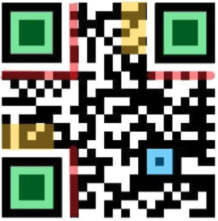
As anticipated before, the body of the QR Codes is composed of a variable number of modules and can be read in different directions. In particular, the following can be identified:
- Three large squares (in green) called the position detection pattern;
- A small square (blue);
- The red lines that indicate the format specifying whether the content of the code is a website, a text or an image;
- The yellow elements that represent the version number of the QR Code.
A single code can enter up to 2953 bytes, 7089 numeric or 4296 alphanumeric characters and, thanks to the Reed-Solomon error correction and detection mechanism, it is possible to modify and customize QR codes by adding colors, images, logos etc.

QR codes can be generated manually, such as by entering the data of our business card or the address of our website in special generators, or they can be automatically generated during the process of creating a digital object, such as a post, an article (just like this one) or a three-dimensional object created by a robot. In the latter case, the QR code can be fully considered as an important part of the object's digital identity.
Possible applications
But let's see what the practical implications of this tool can be. The possible applications are dozens and dozens and the only limit is the imagination. From the early 2000s to today, the uses of QR codes have been multiple and belonging to different sectors:
- Manufacturing and automation
- Packaging and in-store experience
- Coupons and discount codes
- Art and installations
- Medicine / Pharmacy
- Transport Catering
The recent Covid-19 pandemic that has affected the whole world has caused many businesses to re-discover this tool as an aid to the implementation of social distancing and zero contact: almost all businesses that before the pandemic used physical tools to interacting with the public have begun to make QR codes available to the public referring to the digital versions of these tools: brochures and catalogs in retail stores; menus and promotions in restaurants, bars and pizzerias; travel tickets and coupons within transport and mobility systems; technical data sheets in companies. As in many other cases, the crisis triggered by the pandemic has favored the emergence of a series of opportunities and contributed to the redevelopment of products and services that now seemed obsolete: creating a menu and associating a QR code with it is a simple operation, but what happens when your menu changes? at best you have to repeat the procedure and create a new QR code.
Our solution for catering operators: RistoQ
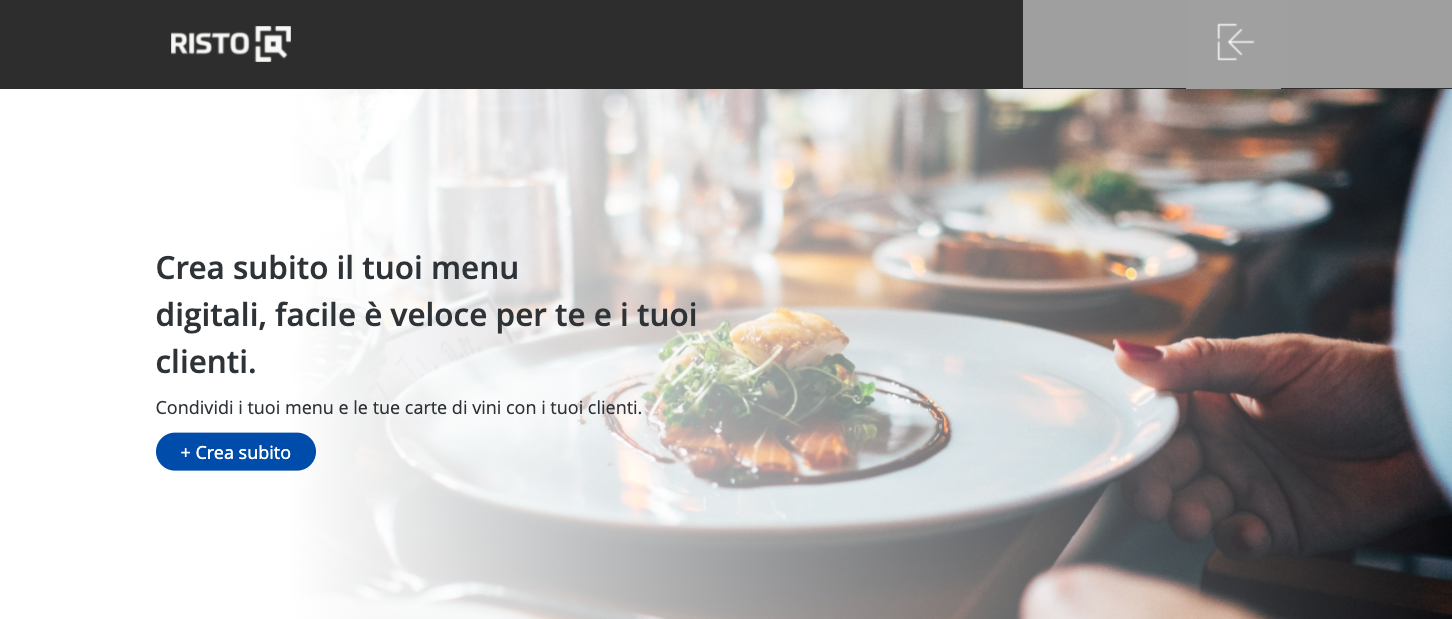
With RistoQ it's not only easy to create quick digital menus for your restaurant customers to consult. Just create an account and in a few simple steps you can start creating and sharing personalized menus, wine lists and promos with your customers.
Customizable QR code
Once the menu has been created, a QR code that can be customized in terms of colors and graphics is immediately associated with it. You can also add your business logo or identifying name, such as. ex. 'First dishes'. Or 'Wines'.
Safe and anti-counterfeiting QR code
The aforementioned possibility of customization is not only an aesthetic factor, but also and above all related to security: the possibility of inserting a branding element allows the consumer to be guaranteed the certainty of origin of the issuer and makes counterfeiting difficult.
Change your menu without changing the QR code
When you need to make some changes to the contents, or add some product that you have forgotten to the list of allergens contained in a dish, you can do it at any time without changing the QR code. You will therefore not be forced to reprint the codes to put on the tables or to add to your social page.
100% responsive
RistoQ is mobile first: menus are created thinking about the device with which they will be consulted in 99% of cases, i.e. with a smartphone. The responsive design of the menus will allow perfect consultation even if your restaurant uses tablets for each table.
Once the emergency situation is over, the provisions of the Ministry of Health in terms of compliance with the rules on distancing and contact will gradually disappear. What will not disappear, however, is the need on the part of restaurateurs to have their menus optimized and to guarantee their customers maximum safety and respect for hygiene.
Once tried, RistoQ won't let go.
If you want to give it a chance, sign up on www.ristoq.it for a free demo by entering the discount code RISTOQSI

